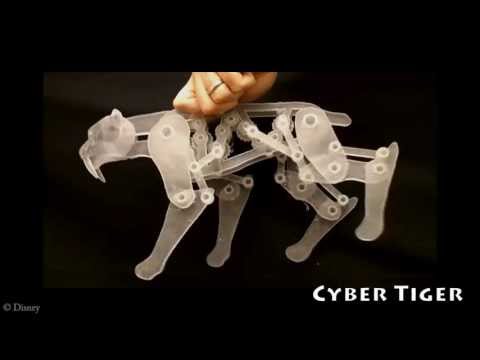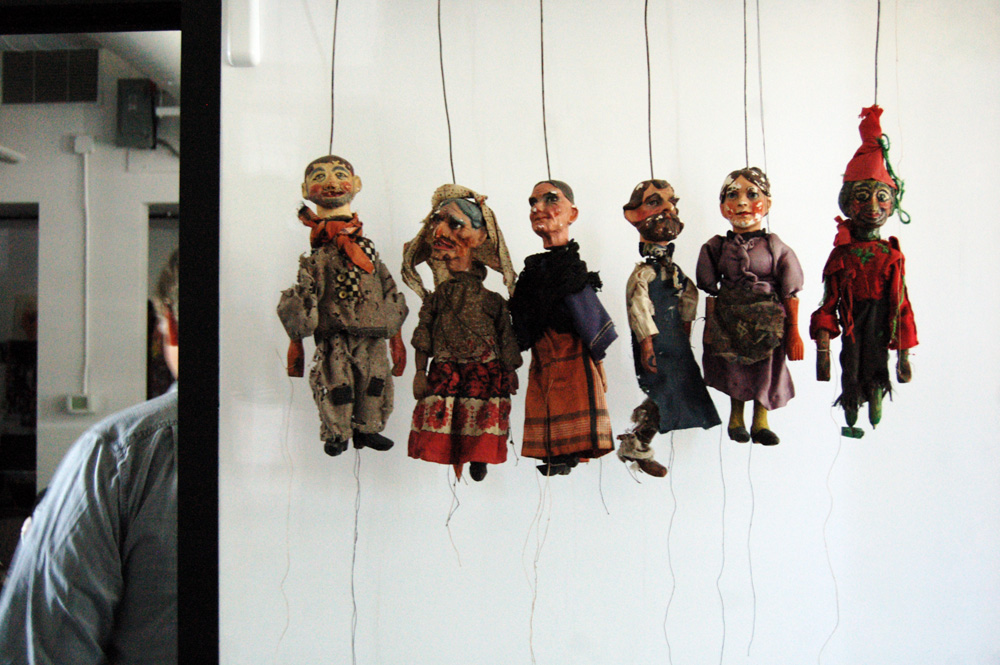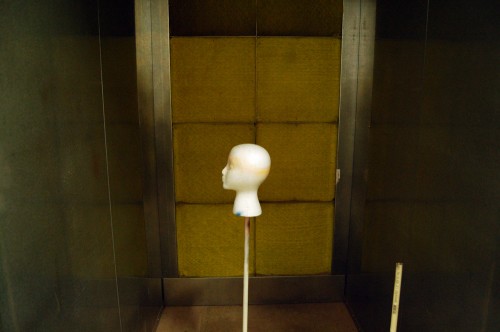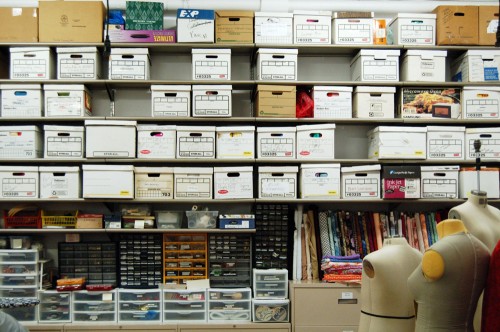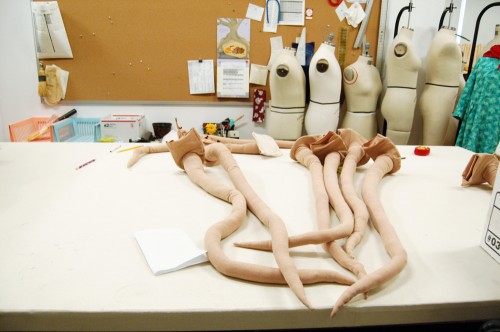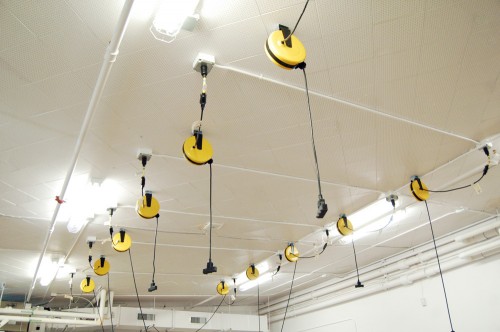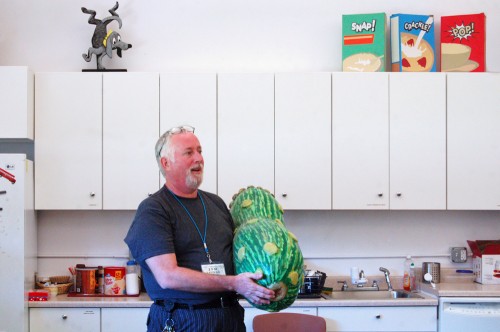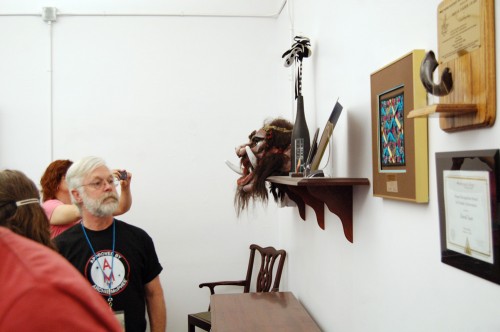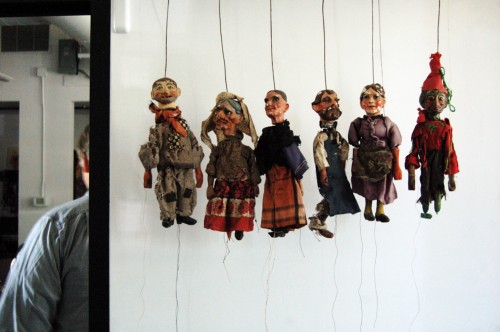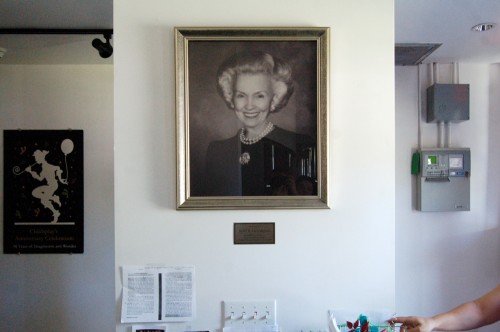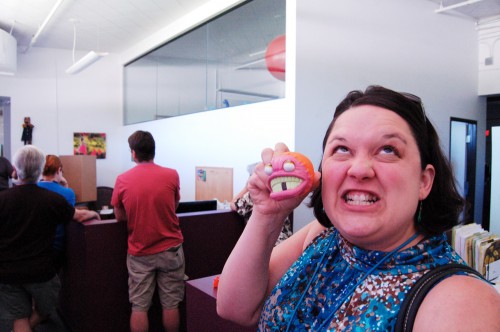The following article first appeared in the New York Sun in 1912. Note: This article consistently misspells the name of Edward Siedle, who was the technical director at the Met.
Twenty Thousand Distinct Objects in the Opera’s Property Room
They Range From a Feather to a Set of Furniture, Include Armor, Food Supplies and Fans, and Show in Every Detail Careful Attention to Artistic and Historic Veracity.
One of the busiest men in this strenuous town is Edward Siedel of the Metropolitan Opera House. If you should run across a man wearing a black fedora hat on his head, an anxious frown upon his corrugated brow and a cigar between his teeth, seek no further. You will have found the hero of this tale.
Twenty-four hours out of the day Mr. Siedel is technical director of the opera house. The rest of the time he eats, sleeps and diverts himself. He got two winks of sleep one night last week. That was oversleeping himself by one wink, but he doesn’t expect it to happen again this year.
Mr. Siedel is the high muckamuck to whom all the stage hands, carpenters, electricians, property men and so forth are responsible. As an example of the extent of his duties take a single one of these departments, that of properties. Maybe everybody knows that a stage property, or “prop,” is everything used in a stage setting except the main scenery. Also everything carried by members of the company, artists, chorus or supers, except the clothes actually worn, which come under the head of costumes, and the wigs, which have a classification all their own.
In charge of the property department is a master of properties, who has to look after an insignificant total of about 20,000 objects! These range all the way from so trivial a thing as a single feather to whole sets of expensive furniture. The feather does duty in various operas in which a quill pen is needed, as in “Tosca,” where it is used to write the unhappy singer’s passport before she assassinates Scarpia.
The opera house property department has enough furniture to fill a hotel. There are over 100 side chairs, as those without arms are called; about forty arm chairs and fifteen sofas, not counting various settees, benches and wooden stools. In the same category are about fifty tables, several screens, hatracks, a cheval glass, chests and so on. All this is real furniture.
In “Donne Curiose” the settings for the two scenes of the first act are perhaps more costly, so far as the properties are concerned, than any others to be seen at the Metropolitan. In the first scene, showing the gaming room, the chairs are of wood and real leather, the tables and the buffet are handsome pieces of furniture and the wine coolers and similar articles on the buffet are of good plated silver. In the second scene the chairs are of gilt and brocade, there are several handsome tables and a beautiful cheval glass which was made to order.
The opera house is pretty well fixed to repel an attack, for in the property master’s department there are about 500 swords of all shapes and sizes, 350 helmets, 100 breastplates, 8 full suits of armor, scores of spears, a lot of guns and even some big sticks which would make T.R. himself sit up and take notice. The last named belong to the giants in the Ring and cause an ordinary shillelah to look like a baby’s rattle.
All those little flowering shrubs for “Madama Butterfly” are properties. So are the bunches of flowers used in the second act of that opera, the garlands used in “Lobetanz” and other pieces, the apple blossom leaves showered on the Goose Girl in “Königskinder”, and the dead leaves which drop in “Parsifal.” There is a pretty good sized vegetable kingdom, in fact, under the property man’s care.
He is the Jove too who launches the thunderbolts by means of the thunder drum, although the lightning owes allegiance only to the chief electrician. The thunder drum, which looks more like an overgrown squirrel cage than like a drum, is classed as one of the fifty-five real musical instruments which belong in  the property department.
These are not the fake harps, as in “Lobetanz,” or other imitation instruments but the real thing. They are all numbered, 1 to 55, and include such a curious variety as the thunder drum above mentioned, whistles, wind makers, bells, trumpets, a piano and the great pipe organ itself.
Mighty few persons in the audiences that listen to “Aida,” for instance, know that there is a stage band at the opera house entirely separate from the orchestra. Its members play those silver trumpets in “Aida” and they are the heralds in “Lohengrin.” In fact whenever any instrument is to be played on the stage itself a member of this band does it.
This article will continue in a later post. It was originally published in the New York Sun, February 25, 1912, page 16.

